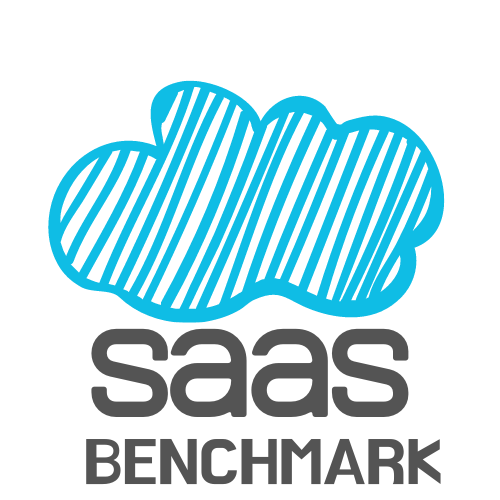Digital Companies and the Limitations of GAAP Financials
A previous post reviewed how the format of the traditional GAAP income statement can be improved for displaying SaaS company results. Harvard Business Review has an article going further. The authors discuss the limitations traditional GAAP financial statements have when presenting digital companies.
Balance Sheet Limitations
Let’s start with the balance sheet. It was designed for an age when a business’s assets were primarily physical items such as inventory or buildings. Many digital companies have no inventory and few hard assets. Instead, their value derives from intangible items like networks or intellectual property. The balance sheet is limited in how it displays intangibles:
- Intangible assets are not capitalized (shown on the balance sheet) unless they are acquired from another company.
- Historically, long-term assets like property and equipment break down. Thus, they are depreciated and their book value gradually decreases. However, intangible assets can gain value with use (for example, a digital application gains value when more people sign up to use it). In practice this would represent negative depreciation.
- Network effect benefits are not quantified anywhere on the balance sheet.
Income Statement Limitations
The income statement experiences limitations as well. Historical GAAP is based on the matching principle, where revenues and related expenses are recognized in the same period. However, the matching principle doesn’t hold with digital companies:
- Internally-generated intangible assets are not capitalized (even software development is often fully expensed). Therefore, spend on intangibles is expensed upfront, rather than over the life of the asset. The matching principle breaks down twice: there are more expenses recognized upfront when there is no matching revenue, and fewer expenses recognized later when revenue is earned.
- Under historical GAAP treatment, decisions to invest in intangible assets lead to greater losses in the short-term than similar investments in tangible assets that can be capitalized.
- Returns to scale and their effect on cost of revenue are not displayed anywhere in the income statement. Successful digital companies experience “increasing returns to scale,” meaning the cost of revenue decreases as the company grows. Why? Because the majority of costs have already been spent creating the digital infrastructure. Any further expansions of scale are relatively cheap.
Overcome Limits with Communication
Are there any ways to overcome the limits of traditional financial statements? The authors say a definitive answer is not yet known. One thing is for sure, GAAP is not changing any time soon.
But in the meantime, a little communication can go a long way. The authors state that companies who frequently communicate value-creating developments with stakeholders see positive returns.
See this post for a discussion of SaaS-specific metrics that go beyond the traditional financial statements.







